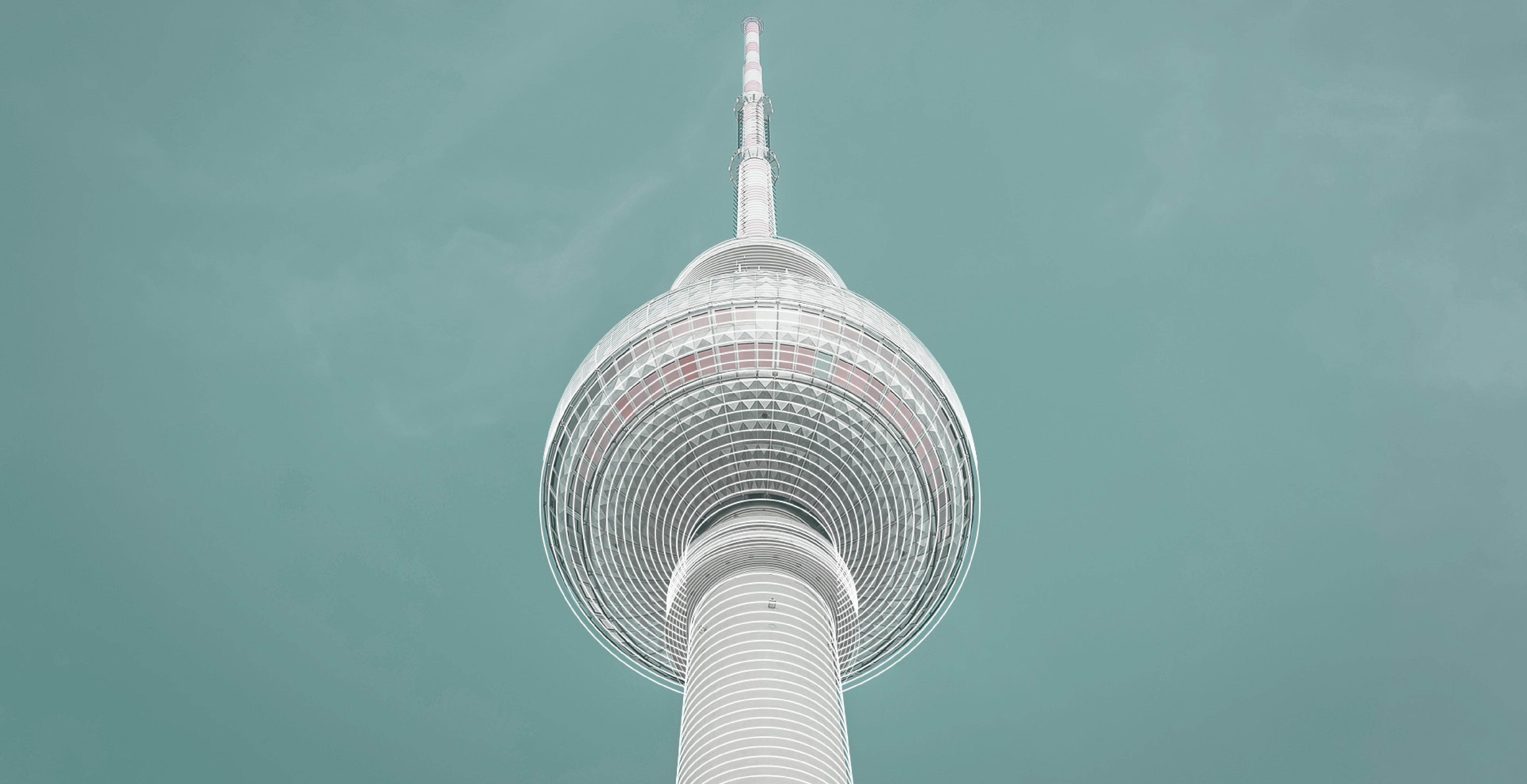
 back
back
Article IT and Data Protection Public Law and Public Procurement Law | 17/04/24 | 6 min. | Florence Chafiol Vincent Brenot
3 questions for Florence Chafiol and Vincent Brenot
New AI-powered video surveillance cameras will be deployed in the streets of Paris during the upcoming Olympic Games to reinforce the security of individuals and property.
What are these cameras used for? How are they legally regulated? We ask Florence Chafiol, partner in August Debouzy’s IT and Data Protection department, and Vincent Brenot, partner in August Debouzy’s Public and Regulatory department, three important questions.
Their answers are the following:
What are the benefits of AI-powered video surveillance compared with traditional video surveillance?
A traditional surveillance camera films live, and records video footage viewed by a human operator. These so-called “traditional” cameras are generally used to secure and protect property and individuals, whether in public spaces or private areas. They are subject to specific rules rigorously enforced by the CNIL (the French data protection authority responsible for ensuring that individual liberties are respected). Many local authorities and companies have received letters or even sanctions from the CNIL, often following complaints, for overly intrusive surveillance practices (such as continuous monitoring of employees’ activities in the workplace).
During the Olympic Games, the cameras will be much more advanced and equipped with an additional layer of artificial intelligence aimed at enhancing video surveillance capabilities.
In its policy position on the so-called “smart” cameras from July 2022, the CNIL defines AI-powered video as the addition of “algorithmic processing implemented by software, allowing an automatic analysis” of video recordings.
In practice, this means that these AI-powered surveillance cameras can recognize individuals using probability analysis (based on age, body shape or gender), identify specific incidents or events, such as a crowd movement, and/or accurately identify a person via their biometric data.
The use cases are varied and cover both the public sector (police, assessment of crowds in public spaces, etc.) as well as the private sector (audience statistics, securing premises, etc.).
What are the current rules and regulations that apply to the use of AI-powered video surveillance?
Article 10 of Law no. 2023-380 regarding the 2024 Olympic and Paralympic Games (hereinafter the “Olympic Games Law”) authorizes the experimental use of AI-powered video surveillance for the security of sporting, recreational and cultural events. One major innovation will be the use of AI-powered drones that will be deployed in addition to “fixed” cameras.
The regulations imposed by law are strict. Any organizer who wishes to use AI-powered video surveillance must submit a request to the prefect of the department or, in Paris, to the police prefect, who examines the proportionality of the proposed system, including the level of risk (terrorism, serious harm to individuals) associated with the event.
In addition, the choice of surveillance is not entirely free, since the organizer must use a solution developed by an operator selected by the State.
Furthermore, Article 10 of the Olympic Games Law as well as Article 3 of its implementing decree no. 2023-828 state that video surveillance may, under no circumstance, use facial recognition or process biometric data. Only eight specific instances may be detected: the presence of weapons or abandoned objects, a person or a vehicle failing to follow the direction of traffic, crossing a prohibited area, a person falling, excessive crowd density or stampede, or the start of a fire.
This entails the development of solutions according to a strict set of specifications (cybersecurity, human intervention, system transparency, etc.).
This exceptional authorization framework will last until March 31st, 2025. In the meantime, and no later than December 31st, 2024, the French Government must submit a report to Parliament on the results of the experiment. This report shall suggest a review clause for a possible permanent integration of the system into common law in 2025, depending on the proven effectiveness of AI-powered video surveillance.
What are the risks associated with the use of AI-powered video surveillance?
This exceptional authorization has been the subject of debate over the risks of mass surveillance of the population, as evidenced by the appeal filed by NUPES members of Parliament before the French Conseil Constitutionnel (Decision no. 2023-850 DC of May 17, 2023), and the mobilization of specialized organizations (La Quadrature du Net, Amnesty International, etc.) on this subject.
Among the many alleged criticisms against the Olympic Games Law are the risks of indirectly processing biometric data, the overly broad scope of detection, and the potential standardization of this invasive technology in the public sphere.
However, these risks will need to be moderated as the system will be subject to control by the administrative judge, who may hear cases under “référé-liberté” proceedings (emergency proceedings for the protection of fundamental liberties).
These proceedings, supported by the French administrative justice code (Article L. 521-2), allows the administrative judge, upon receiving a request to put an end to a serious and manifestly unlawful infringement of a fundamental freedom by a public authority, to issue an injunction within 48 hours.
These proceedings have already been successfully applied at first instance (Administrative Court of Caen, November 22, 2023, case numbers 2303004, 2303012), against the use of the BriefCam software (video analytics software) by the Cœur Côte Fleurie and its association of municipalities, as an overlay on its current video surveillance system.
While it did annul the order of the Administrative Court of Caen due to the absence of urgency (French Conseil d’Etat, ord., December 21, 2023, No. 489990), the Conseil d’Etat has nevertheless conducted an analysis leading to the conclusion of a limited and regulated use of this enhanced video surveillance system (it was proved that the use of the software was limited (without the possibility of facial recognition and with limited use of certain other features)).
The recourse to the administrative judge through the “référé-liberté” proceedings, though demanding in terms of admissibility, should thus enable effective control over any potential excesses that may arise from AI-powered video surveillance.
